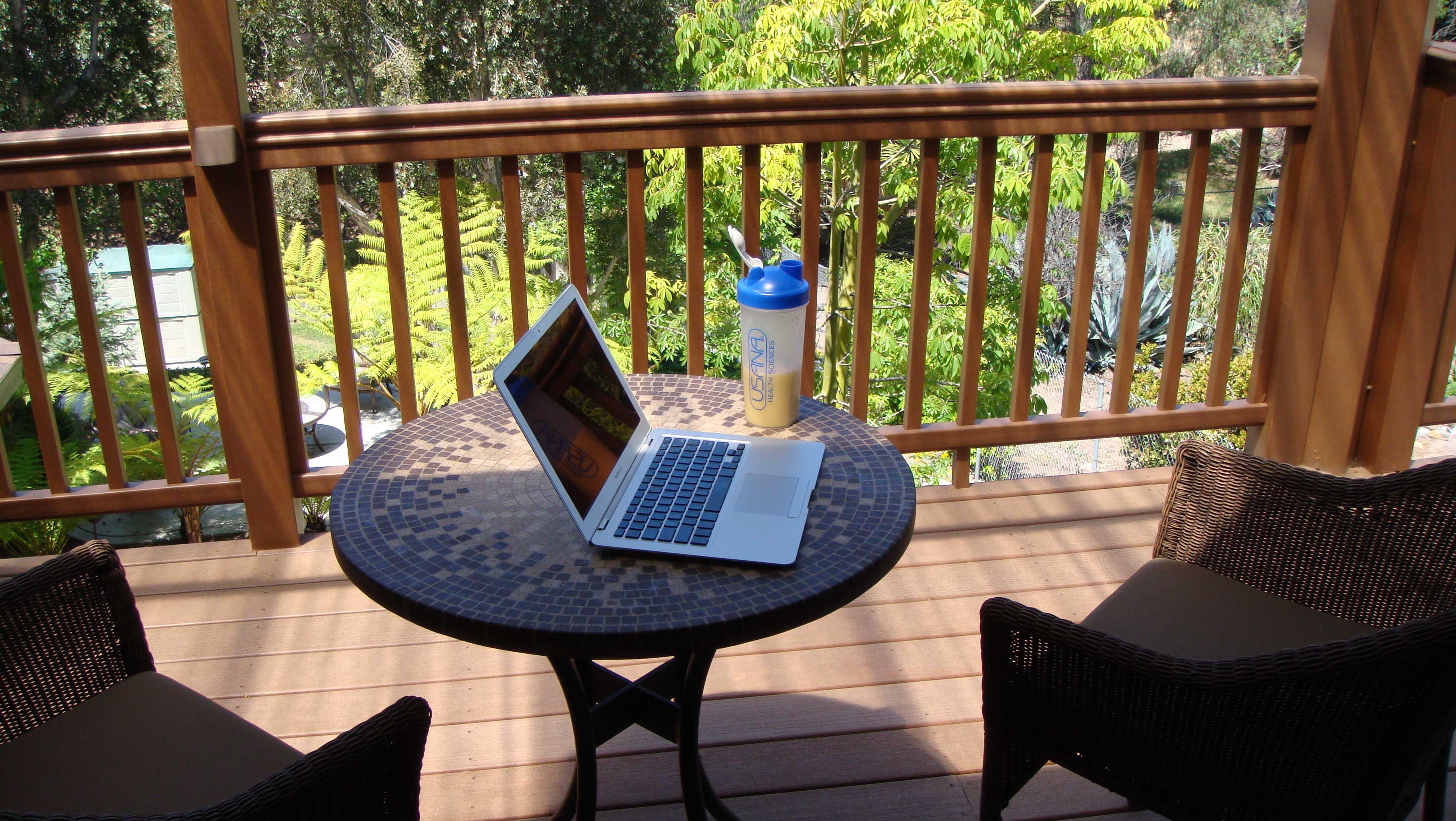Since switching to Mac OS X in 2004, I’ve been a fan of Apple’s products. Prior to OS X, I wasn’t completely sold on the performance, interoperability, or “tweakability” of the operating system, with the latter elements being particularly important to individuals who are technically demanding and, not to sugar-coat it, a bit geeky regarding their electronic toys. With the advent of OS X, Apple reinvented itself with a product which accommodates both ends of the user spectrum: an operating system with the stability, performance, and development integrity offered by the open-source community (being UNIX-based) combined with the elegance, simplicity, and user-friendly experience which appeals to non-technical users. Couple this software with the slick industrial design which belies the entire Apple product line, and I was defenseless to Apple’s lure. I purchased the 12″ Powerbook model, appreciating its reasonable amount of power, beautiful simplicity, ergonomic comfort (in the form of a kinesthetically pleasing, full-size keyboard) and relatively compact size.
As newer laptop models began to emerge from the talented team in Cupertino, however, I was a bit disenchanted in not seeing an updated version of my 12″ Powerbook. I began dreaming of an ultra-lightweight, yet fully featured, version of this laptop to come about with greater power in a similar, if not even more portable, version. I knew I certainly wasn’t alone in this desire, as there had been many speculative posts on rumor boards indicating the same desire and/or anticipation of such a product.
Naturally, when I saw the announcement of Apple’s MacBook Air (MBA), I was elated. In watching Steve Jobs’s keynote address introducing the product, it seemed that Apple had been listening to all of my telepathic messages indicating exactly what I wanted in my dream 12″-Powerbook replacement: full-sized keyboard, improved display, reasonable power for the package, good battery life, and very light weight (i.e. backpack friendly–a must for me, as I use a motorcycle as my preferred form of transportation). What has surprised me since I had preordered my machine in January is the number of bloggers/reviewers who have regarded the MacBook Air only to serve a “niche” market and to be unsuitable as a sole or primary computer. While I am fortunate enough to make use of several computers at home, I fail to see why the MacBook Air would not be sufficient for most people even as a primary computer. As such, I’m providing my own hands-on review here, being a very satisfied owner after 3 months of daily usage. Disclaimer: I have no financial interest in promoting the MacBook Air or any other Apple products, but as a self-admitted technophile I derive great pleasure from using tools which increase the fun and efficiency with which I build and operate my businesses.
Why I love the MacBook Air
Before I begin addressing the commonly cited compromises of the computer, it seems appropriate to mention a bit about why I consider this to be my favorite laptop to date (my fourth, in total, and my second Apple laptop). First, it’s obviously thin and lightweight. Who wouldn’t enjoy a lightweight laptop? People buy laptops because they are portable (as opposed to springing for a larger-display wielding desktop models), so making a laptop as lightweight and thin as possible most capably meets this need.

One of my personal favorite uses of the MacBook Air is to enjoy my outdoor home office instead of being relegated to my indoor home office. The beautiful LED-backlit, “instant-on” display is crisp and clear with great visibility outdoors–far superior to that of my old Powerbook. The full-size keyboard is a must, for me, to spend any reasonable amount of time at the keys. Battery life is reasonable (I get 4-5 hours on a charge depending on backlight intensity, radio usage, etc.) and the Wi-fi antenna/radio performance offers great improvement in range and the higher bandwidth of 802.11n. From a mechanical and industrial design perspective, I am thoroughly impressed with the robust hinge and clasp-less closure… as simple and beautiful to view as it is functional. Last but not least is the large multi-touch trackpad, which has me so spoiled that when I transfer to work on either of my desktops I find myself yearning for the 3-finger page-turn or back/forward gesture frequently.
OK, enough with the obvious “coolness” which is expected of the MacBook Air. That alone does not justify the $1,800+ cost of the machine, especially for pragmatic small-business owners and other professionals. Business utility comes first, which is the reason I am still holding onto my Blackberry Curve until the iPhone (v2.0?) incorporates its business and high-end phone functionality, and I’m not referring to “push-email”… but that topic is another post all to itself. So what exactly are all of these compromises or “lacking features” in the MBA which the average person cannot live without? Continue reading →
